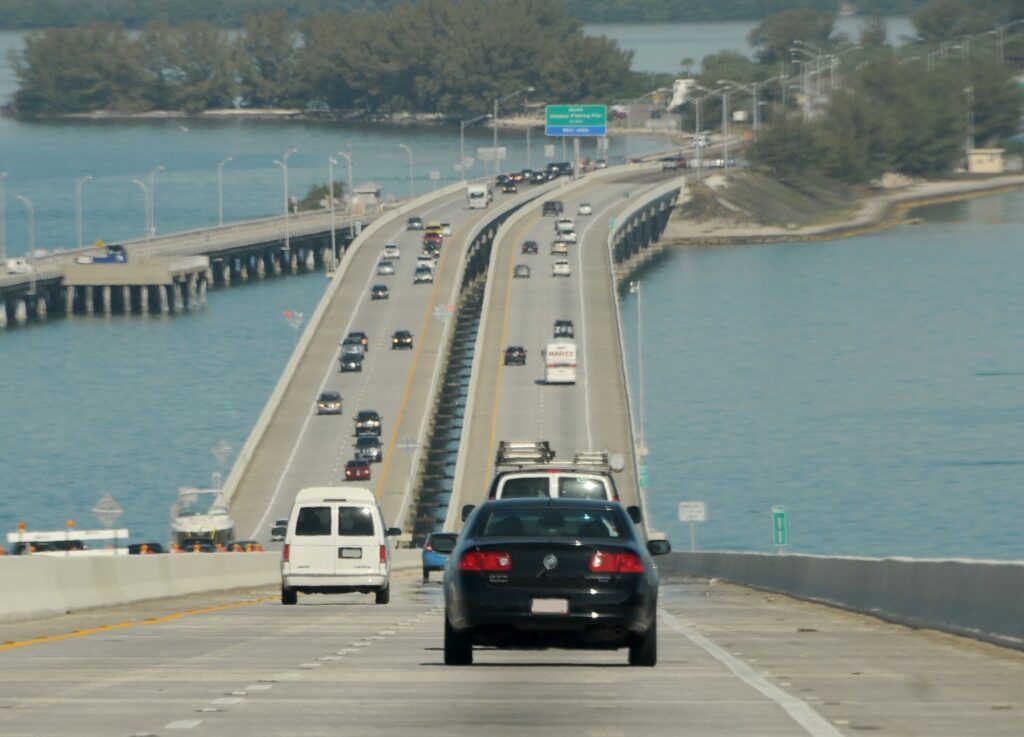
The White House has published a memo outlining President Biden’s plan to tackle inflation:
As our economy begins to transition to more stable growth, President Biden has made combatting inflation and lowering costs for families his top economic priority. President Biden’s plan to tackle inflation has three key pillars:
1. Reducing costs on everyday items
2. Lowering the deficit
3. Giving the Federal Reserve the independence it needs to act
The biggest single driver of inflation now is Putin’s war against Ukraine –increases in food and energy prices account for around 50% of this month’s CPI. Putin’s Price Hike hit hard in May: gas pump prices are up by $2 a gallon in many places since Russian troops began to threaten Ukraine. President Biden has taken action to blunt the impact of Putin’s Price Hike for families:
The President announced the release of a record 1 million barrels per day from our Strategic Petroleum Reserve.
He rallied our Allies and partners to join us, releasing a combined 240 million additional barrels of oil on the market.
He expanded access to biofuels like E15, which will lower prices at thousands of gas stations in the across the country.
While oil production is increasing and projected to reach a historic level next year, oil companies are sitting on 9,000 unused permits to drill more and pocketing the largest profits in years.
80% of a typical family’s monthly budget is spent on items other than food and energy. That means that even as we work to address energy and food prices in the near-term, making other necessities more affordable for working families can give families more breathing room at the end of the month.
President Biden announced that tens of millions of households – or nearly 40% of all households in America – will be able to save $50 per month or more on high-speed internet, which is now an economic necessity for American families.
President Biden took action to save hundreds of thousands of families hundreds of dollars a month by fixing the Affordable Care Act’s “family glitch.” Nearly 1 million Americans would see their coverage become more affordable.
President Biden has cut the deficit by $1.7 trillion – more this year than any President in history, reducing inflationary pressures.
The President calls on Congress to act urgently as well.
The President has called on Congress to pass a bill to crack down on ocean shippers to lower the price of goods. In the last year, shipping prices have gone up by as much as 1,000% driving higher prices for families on items from appliances to apparel.
The President calls on Congress to pass legislation to cut costs for families like energy bills and prescription drugs. According to an independent analysis, the clean energy tax credits and investments the President has proposed would save families $500 per year on their energy costs by 2030, and transition our economy away from relying on energy produced by autocrats like Putin. And the President believes that Congress should give Medicare the power to negotiate with pharmaceutical companies, and that Congress should cap the cost of insulin at $35 per month. These reforms wouldn’t just lower costs for consumers; they would also reduce federal spending.
Congress could lower the deficit even more by asking the super wealthy and profitable corporations to pay their fair share. According to an outside analysis, 55 companies paid no money in taxes last year. It’s wrong for the super wealthy and profitable corporations to pay a lower tax rate than a teacher or firefighter.
Congressional Republicans’ only plan to tackle inflation increases taxes for working families. And, their attacks on gas prices are incoherent and dishonest.
Senator Rick Scott, a member of Senate Republican Leadership changed his words on his agenda to raise taxes on millions of working and middle class Americans by $1,500, but still said “We need them pulling the wagon and paying taxes” and that he “apologizes to absolutely nobody.” He also stood by his Congressional Republican plan to put Social Security and Medicare on the chopping block every 5 years.
Congressional Republicans blame President Biden for gas prices, but the truth is that gas pump prices are up by $2 a gallon in many places since Russian troops began to threaten Ukraine. This is Putin’s price hike. A majority of Republicans in Congress support Ukraine in their fight for their democracy and our alliance to strengthen theirposition, and now cynically blame the President for Putin’s actions that have raised prices around the world. That’s not economics, that’s politics.
Congressional Republicans blame the administration for decreased oil production. The truth is oil production is projected to reach a historic level next year. When oil companies produce less, the cost goes up. In 2020, Americans stayed home more and drove less, so oil companies cut back on oil production and refining. Now, demand has returned, but oil production is still 10% below where it was pre-pandemic. Oil companies are sitting on 9,000 unused permits to drill more and pocketing the largest profits in years. The President has called for — and Congressional Democrats have voted for — a “use it or lose it” policy for permits on federal lands, and Congressional Republicans opposed it.
The five biggest oil companies made $35 billion in the first quarter of this year—that’s four times what they made in the same quarter last year. Congressional Republicans oppose making these companies pay their fair share in taxes.




















